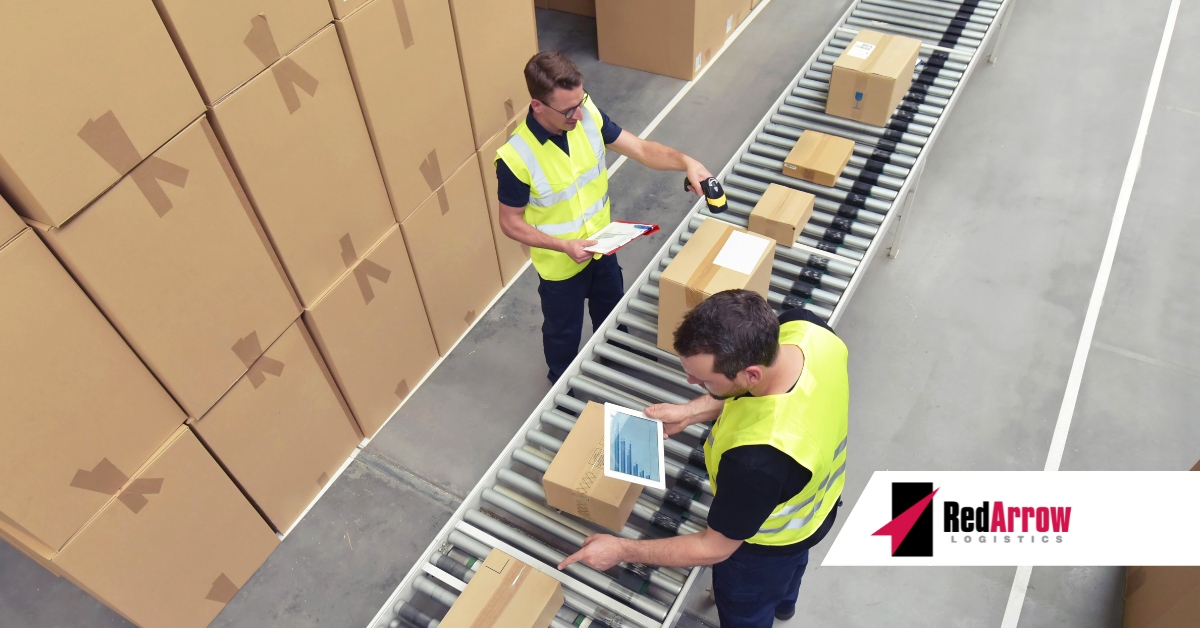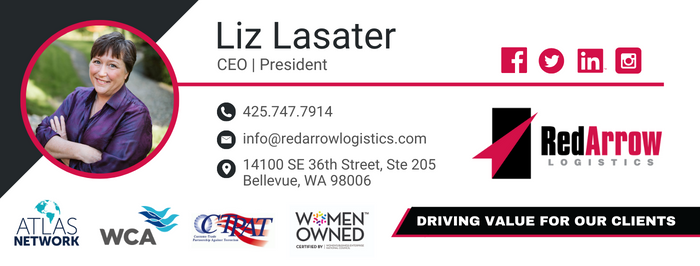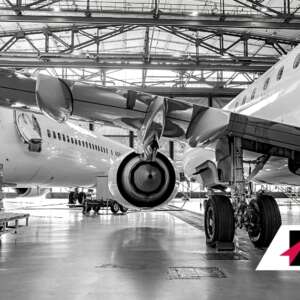Growth in e-commerce retail sales has been a result of its convenience for consumers, product selection, and prices. Unlike in brick-and-mortar stores however, consumers cannot evaluate products before they purchase them in person. This leads to a large number of returns for items that were purchased online but did not meet consumers’ expectations for a variety of reasons. Now that the holiday season is over, however, e-retailers need to deal with the dreaded return season.
Return Rates are Rising
Retail e-commerce sales are expected to continue to grow over the next few years and returns will only become a bigger part of the process. Retailers got back about 17% of the total merchandise that customers purchased in 2021, which is a jump from the average return rate of 10.6% in 2020. This equates to millions of dollars in returns alone.
The Cost of Returns
The large number of returns from online purchases comes with considerable costs to retailers. Reverse logistics has become costly mostly due to an inefficient process with inventory that might not be able to be resold, as well as the obligation to provide a cost-free online return policy.
The total cost of a return including processing, discounting, and liquidation equates to approximately 66% of the purchase price. Dealing with returns can have a negative impact on a business not just financially but physically as well. When the reverse logistics process is inefficient, it takes that much more time to move backward through the supply chain, which takes a lot of time. If not done correctly, the cost could be losing customers due to an inadequate returns experience.
Making Returns Work for You
Since returns are part of the retail business, there are a few ways to turn them into opportunities.
Technology: Innovative technology is a solution to the difficulty of reverse logistics. Technology solutions can turn the process into an efficient one at a reasonable cost. AI and machine learning can reduce returns by offering sizing recommendations to cut down on the number of returns. Virtual fitting rooms, for example, will allow businesses to reduce the number of returns. Retailers can also use technology on the backend to determine which products need to be sent back to which location. Technology can also be used to communicate with the consumer to let them know when their return has been processed. This results in a faster, more efficient process that creates a better experience for the consumer.
Paperless Returns: Eliminate the paper by providing customers with a QR code to hand in their return parcel. Instead of receiving a label with every shipment, customers take their returns to a drop-off location, scan a QR code provided by the retailer, and the shipping is taken care of. Not only does it reduce your business’s carbon footprint, but it also makes for an easy return for customers.
Returns Costs: The reverse logistics process is expensive. It is important to know exactly how much it costs to return an item, from incoming freight to liquidation so you know the best way to manage returns. If the returns processing cost is $10 on an item that is priced at $5, it is cost-effective to send a replacement without requiring the return.
Keep it Simple: Your return policy should be simple and favorable to the customer. If you are worried about giving ‘too much’ to the customer, don’t be. The number of satisfied customers will outnumber those who abuse the policy. The process should be clearly stated on your website so customers can access the necessary information. Adding extra instructions to the policy only confuses the customer. When customers are confused about how to submit a return, they often improvise, which can create a logistics and financial nightmare.
Your Trusted Partner
Returns are a challenging part of e-commerce, but they must be managed properly so they do not negatively affect your business. With more items being purchased online and moving throughout the supply chain, reverse logistics will become an even more important piece of the puzzle. Companies that have the most effective reverse logistics process will advance quickly. If your business is struggling with returns, Red Arrow Logistics can help you improve your reverse logistics process.
Red Arrow offers the scale and scope of services including air, ocean, and ground transportation to meet the budget and schedule requirements of the largest and smallest companies alike. If we can be of assistance, please email us at info@redarrowlogistics.com or give us a call at 425-747-7914.





